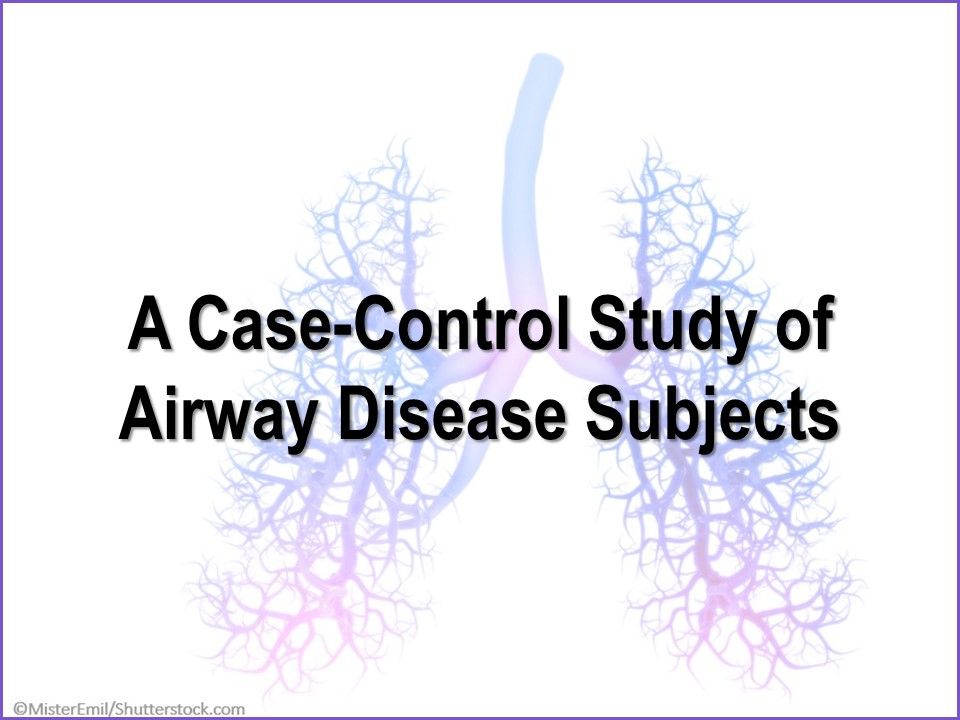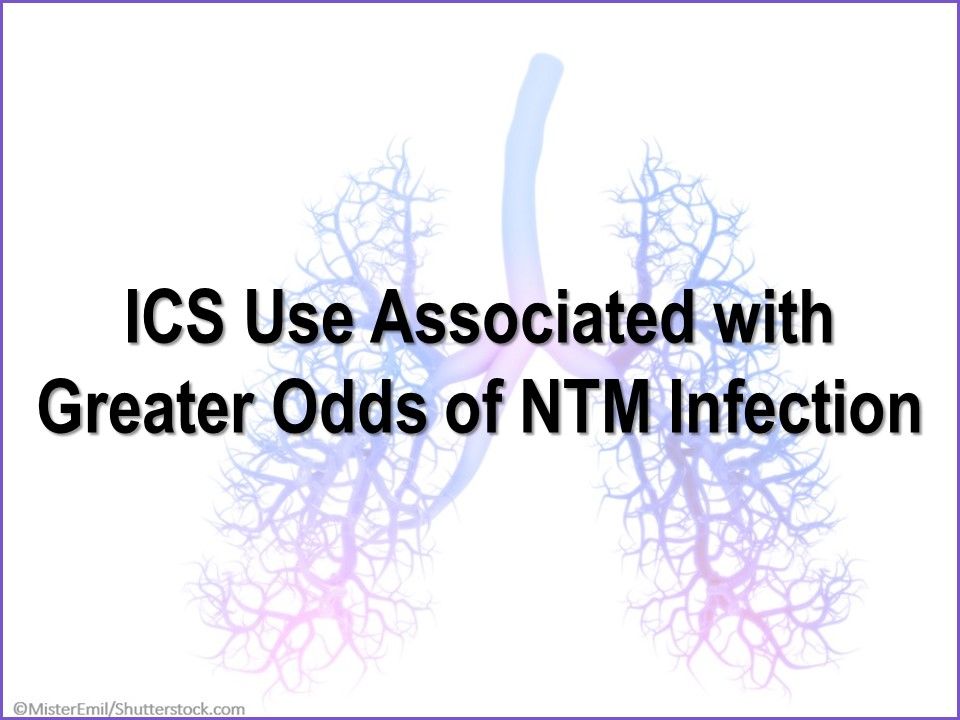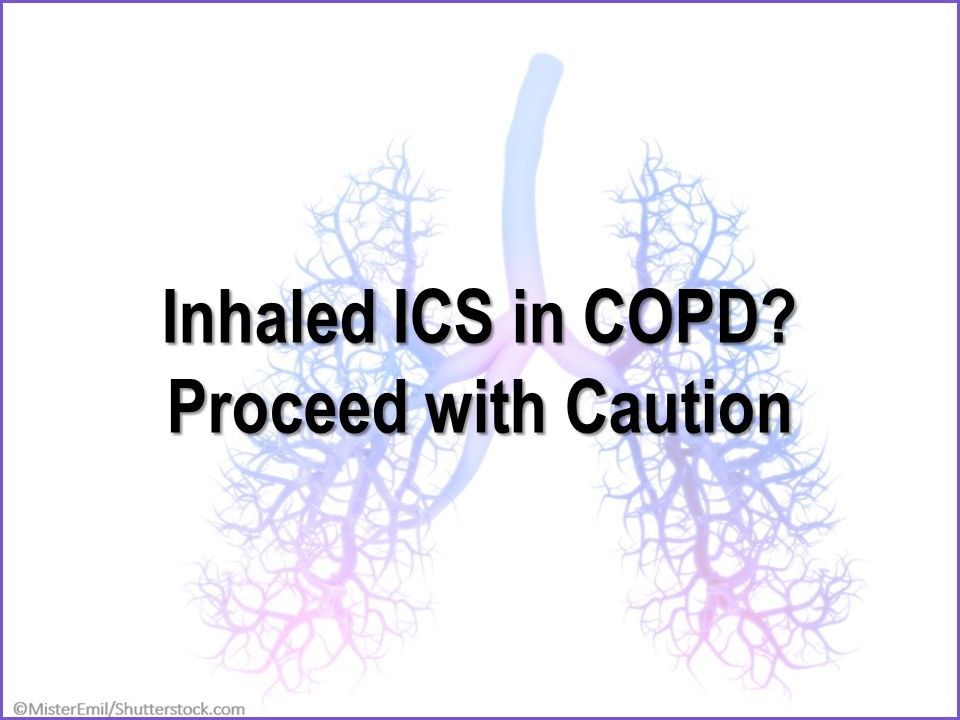© 2025 MJH Life Sciences™ , Patient Care Online – Primary Care News and Clinical Resources. All rights reserved.
Inhaled Steroids Increase Risk of Nontuberculous Mycobacteria Lung Infections
When using inhaled corticosteroids for the treatment of asthma, COPD, and other airways disease, authors of a new study warn to proceed with caution.

The use of high-dose inhaled corticosteroids (ICS) increases the risk of nontuberculous mycobacteria (NTM) pulmonary infection, according to a new study, published in the Annals of the American Thoracic Society. The longer a patient uses ICS and the higher the dose, the more likely the patient will develop a NTM pulmonary infection.
“The increasing prevalence of NTMs is disconcerting because some of the most common types of NTM are harder to treat than multidrug-resistant tuberculosis. The rapidly growing number of NTM infections has occurred during a time when inhaled steroid use has increased, and we wanted to see if there was a potential connection,” said Stephen J. Ruoss, MD, senior author and a pulmonologist and intensivist at Stanford University Medical Center in California.
Click through the slides above for more details on the results of the study.

The researchers conducted a case-control study of airway disease subjects with and without NTM pulmonary infection (based on mycobacterial respiratory cultures) between 2000 and 2010 in northern California. They quantified the use of ICS, other airways disease medications, and healthcare utilization within 6 months of identification of NTM pulmonary infection.

Researchers identified 248 cases with NTM pulmonary infection with an estimated rate of 16.4 cases per 10 000 airway disease-treated patients. The median interval between treated airway disease cohort entry and NTM case identification was 1217 days. Those with NTM pulmonary infection were more likely to use airway disease medications, including systemic steroids, and were more likely to utilize healthcare vs controls. Any ICS use between 120 days and 2 years prior to cohort entry was associated with substantially increased odds of NTM infection. For example, the adjusted odds ratio for NTM infection among ICS users in a 2-year interval was 2.51. Increasing cumulative ICS dose was also associated with greater odds of NTM infection.

Some studies have found that as many as three-quarters of chronic obstructive pulmonary disease (COPD) patients may be taking ICS. “There have been some big studies that have shown a very modest, but statistically significant, benefit of inhaled steroid use in COPD patients,” said Ruoss. “These studies have also shown that COPD patients who use these drugs are at a slightly greater risk of developing routine bacterial infections.”
ICS appear to depress the immune system and may contribute to the risk of respiratory infections, including NTM infections. “Inhaled steroids are standard therapy for those with asthma because the benefits have proven in studies and clinical practice to outweigh the risks, but as physicians, we should be careful using this class of drugs broadly in patients with COPD,” said Ruoss.

Ruoss recommends that physicians “concretely and objectively” assess whether their COPD patients are benefitting from the drugs. If they are receiving benefit, they need to prescribe the lowest effective dose, if the patient cannot eventually be taken off the drugs entirely.
For all patients on ICS, Ruoss added that clinicians should be, “mindful of the increased risk for infections and monitor for routine and mycobacteria infections.”
Reference: Liu VX, Winthrop KL, Lu Y, et al. Association between inhaled corticosteroid use and pulmonary nontuberculous mycobacterial infection. Ann Am Thorac Soc. 2018.
Related Content:



